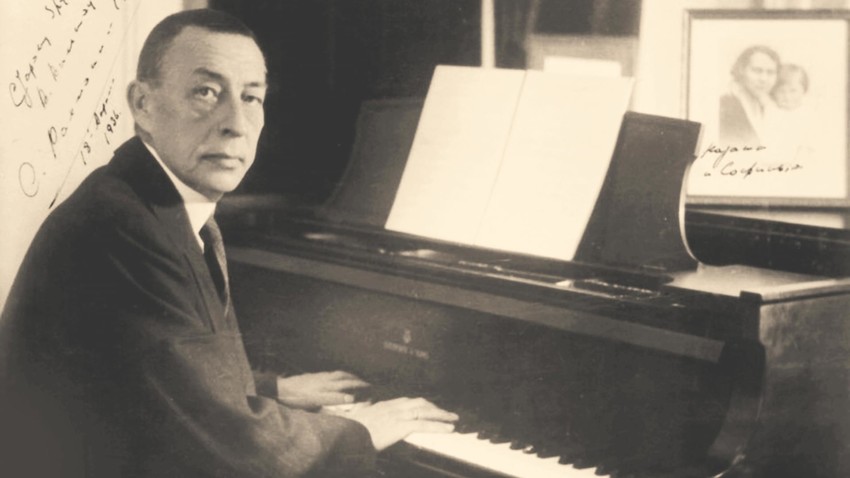
Rachmaninoff (1873-1943) started playing the piano at the age of four. By the time he graduated from the Moscow Conservatory, Sergei was already the author of the First Piano Concerto, the one-act opera Aleko and a number of piano pieces and romances. “Composing music is as vital for me as breathing or eating: this is one of the essential functions of life,” Rachmaninoff once said.
Written in 1892, ‘Prelude’ instantly catapulted Rachmaninoff to fame. It became so popular with the public that the composer even stopped loving his own masterpiece.
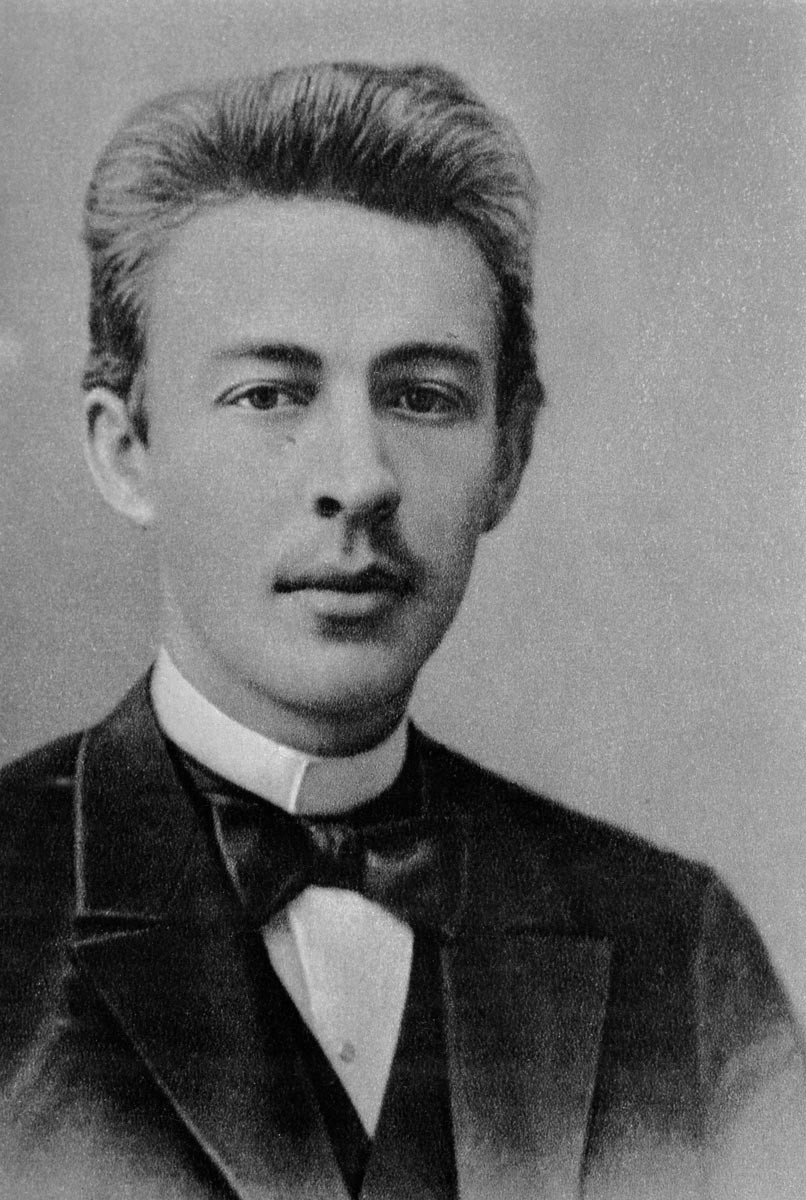
Sergei Rachmaninoff
Mikhail Ozersky/SputnikRachmaninov was only 19 when he composed the piece that expressed the spirit of Russia in a new inimitable way. A genius composer, a brilliant pianist and a gifted conductor, Rachmaninoff took music to a whole new, unattainable level. “Rachmaninoff was created from steel and gold: steel in his hands and gold in his heart,” virtuoso Polish piano player Josef Hofmann believed. One couldn’t say it better.
Rachmaninoff experienced what he described as a creative revival that manifested itself in the Piano Concerto No. 2, composed in 1901. Paradoxically enough, Rachmaninoff wrote it after battling severe depression.
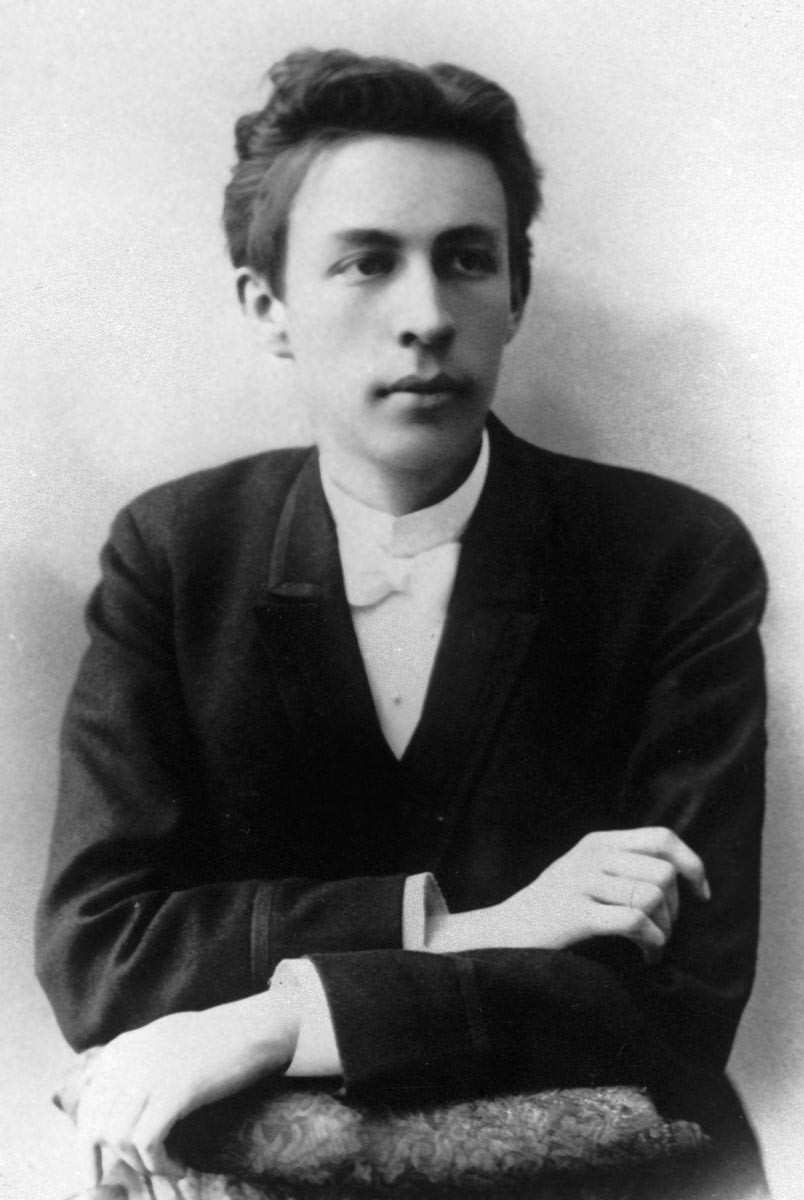
Sergei Rachmaninoff
SputnikThe composer lost faith in himself shortly after the premiere of his ‘Symphony No. 1’, which received a negative response from both critics and the public. Rachmaninoff’s piece was under-rehearsed and badly performed by the conductor (who was believed to have been drunk during the opening night in 1897). The composer took the performance failure of his concert, which was, in many ways, far ahead of its time, too close to heart. Rachmaninoff didn’t write music for several years, having convinced himself that he was a bad composer. However, psychotherapy helped the doubter overcome his fears and he began creating music again.
This concert is one of Rachmaninoff’s most popular and recognizable pieces. Another genius Russian composer, Nikolai Metner, said that the main theme of the ‘Piano Concerto No. 2’ is not only the theme of Rachmaninov’s own life, but the motif of Russia, too. Each time you hear a peal of church bells, you feel how “Russia is rising to its full height”.
Rachmaninoff was an incredibly receptive child. His grandmother regularly took little Sergei to church as a kid.
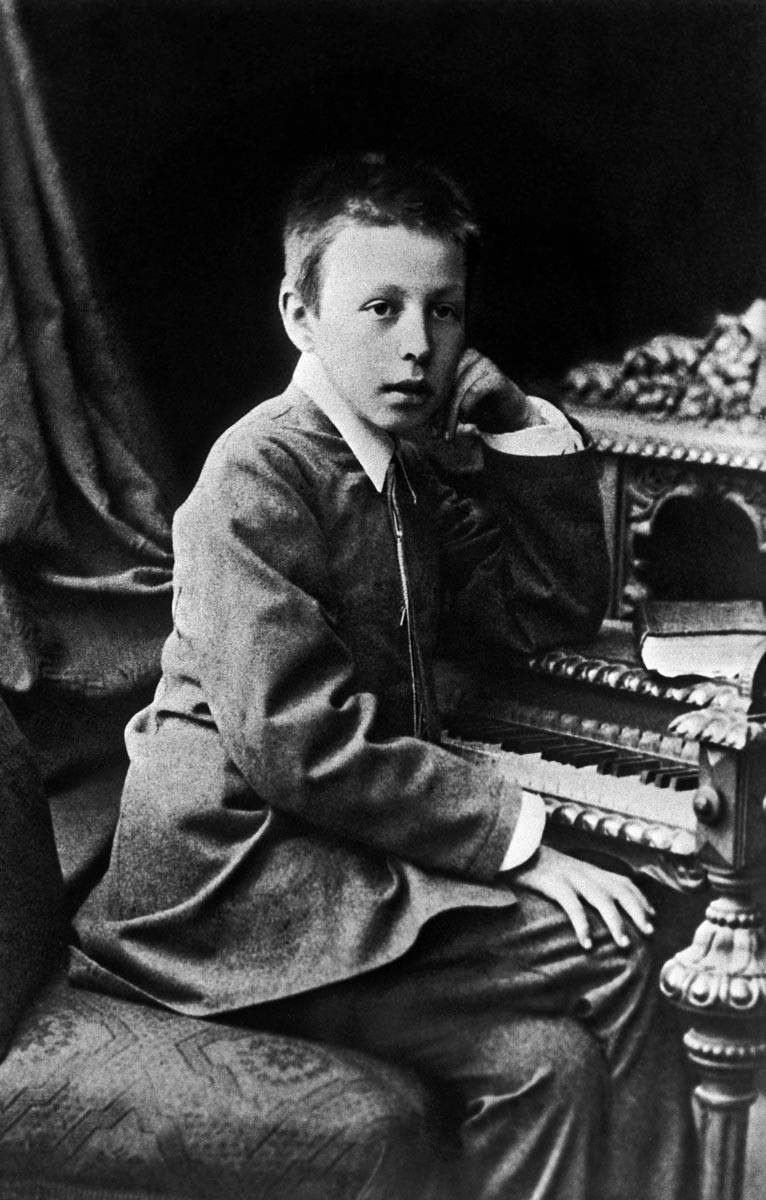
Sergei Rachmaninoff
SputnikThe boy heard the bells ringing, loved choral singing and was carried away by the atmosphere. The Bells symphony brought back the composer’s memories of his childhood in Novgorod Region. By far and large, ‘The Bells Symphony’ is also an insight into Russian self-consciousness, since church bells run, like a scarlet thread, through every Orthodox Christian’s life from birth to death.
READ MORE: 10 Russian operas being staged around the world in the new 2021–22 season
Rachmaninoff worked on this composition “with feverish heat” and believed that it would continue to be one of his favorite works throughout his entire career. It’s a choral symphony set to words from Edgar Allan Poe’s poem (translated into Russian by symbolist poet Konstantin Balmont). The four parts of the symphony recreate four stages of life, with happiness, fear, love and death alternating with each other like the four seasons.
According to award-winning Russian pianist Nikolai Lugansky, renowned for his beautifully nuanced interpretations of Rachmaninov, it’s safe to say that ‘Piano Concerto No. 3’ is “the greatest piano concerto ever written”. It contains around 50 thousand notes and reflects an amalgam of emotions, from sorrow and emptiness to passion and pain. The finale of the concert, full of courageous energy and vitality, captures listeners with its ironclad rhythm and movement. Composed in 1909 and scored for solo piano and an orchestra, it premiered in New York City during Rachmaninoff’s tour across the United States.
READ MORE: The complete list of Russian Grammy Award winners... including Gorbachev
Along with the Second Concerto, Prelude in G minor, composed in 1901, became a staple of the Russian classical piano repertoire. The composition is built on a contrasting juxtaposition of a stern marching movement with a dreamy and lyrical theme.
In the early 1900s, Rachmaninoff regularly performed in Europe as a pianist and conductor. In 1907, he took part in historical concerts organized by Russian dance impresario Sergei Diaghilev in Paris and, in 1910–1911, Rachmaninoff held concerts in the UK and in Germany.
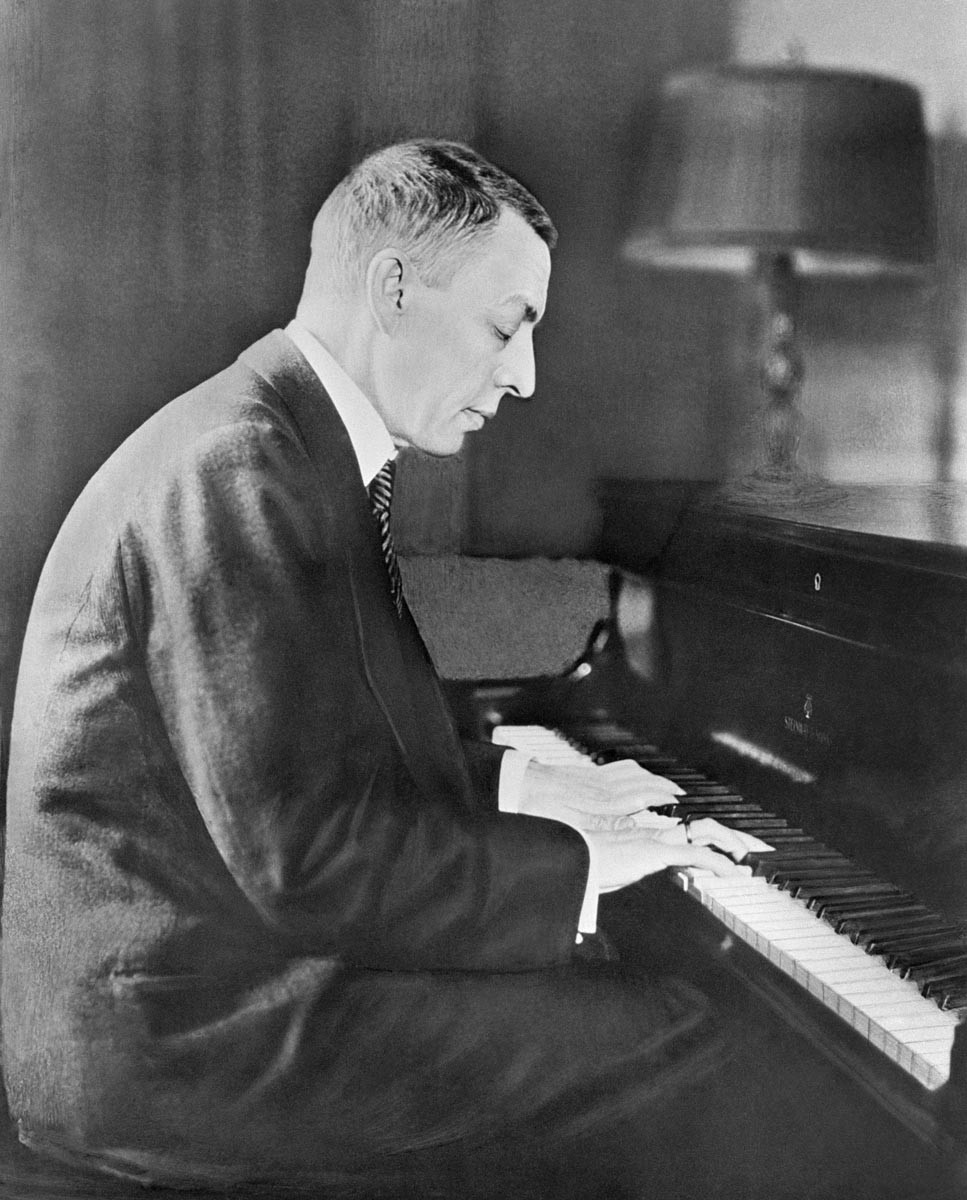
Sergei Rachmaninoff
TASS“I am a Russian composer and my homeland has left an imprint on my character and my views. My music is the fruit of my character and, therefore, it is Russian music,” Rachmaninoff stated.
He initially met the so-called February Revolution of 1917 with open arms, but the feeling of joy was soon replaced by anxiety. Rachmaninoff feared that due to the breakdown of the entire system, his artistic activity in Russia as a pianist and composer could be jeopardised, so he took advantage of the offer that came from Sweden to perform a concert in Stockholm. In December 1917, Rachmaninoff went on a tour to Scandinavia, from where he never returned back to Russia. In 1918, his family settled in the United States for good.
Rachmaninov composed the piece at his Villa Senar in Switzerland, in the late summer of 1934. “The constant desire to write music is the desire that exists within me to express my feelings through sounds, just as I speak to express my thoughts. I think that in the life of every composer, music should fulfill exactly this function,” Rachmaninov said.
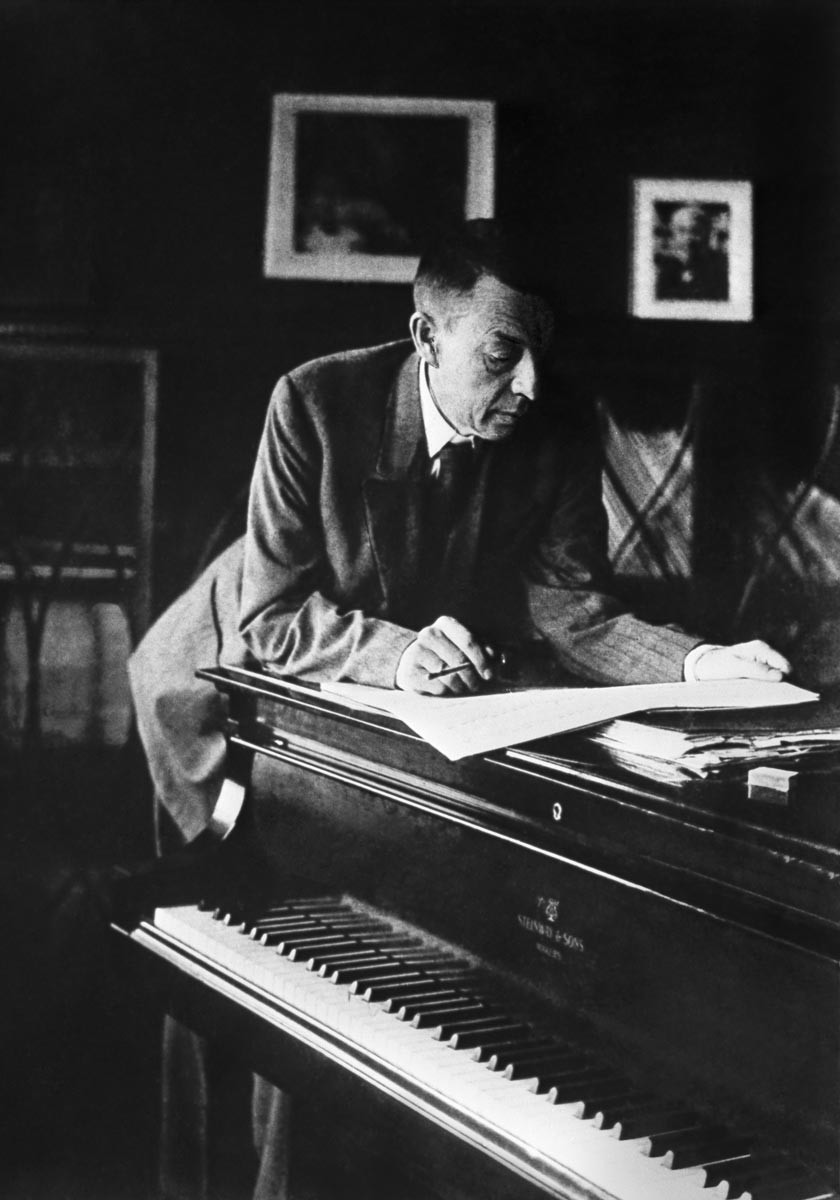
Sergei Rachmaninoff
SputnikFor his signature work, written in the form of variations, the composer chose the theme of the famous 24th Caprice for violin by Niccolo Paganini. His Rhapsody is a sensual journey through time, space, genres, styles and eras.
Symphonic Dances were created by Rachmaninoff in the middle of a very difficult time, at the final turning point in his life. In 1939, World War II began with the invasion of Poland by Nazi Germany. Rachmaninoff, with his wife and two daughters, had to urgently leave their Villa Senar in Switzerland, where they spent each summer, and go back to the U.S., where the composer had emigrated in 1918.
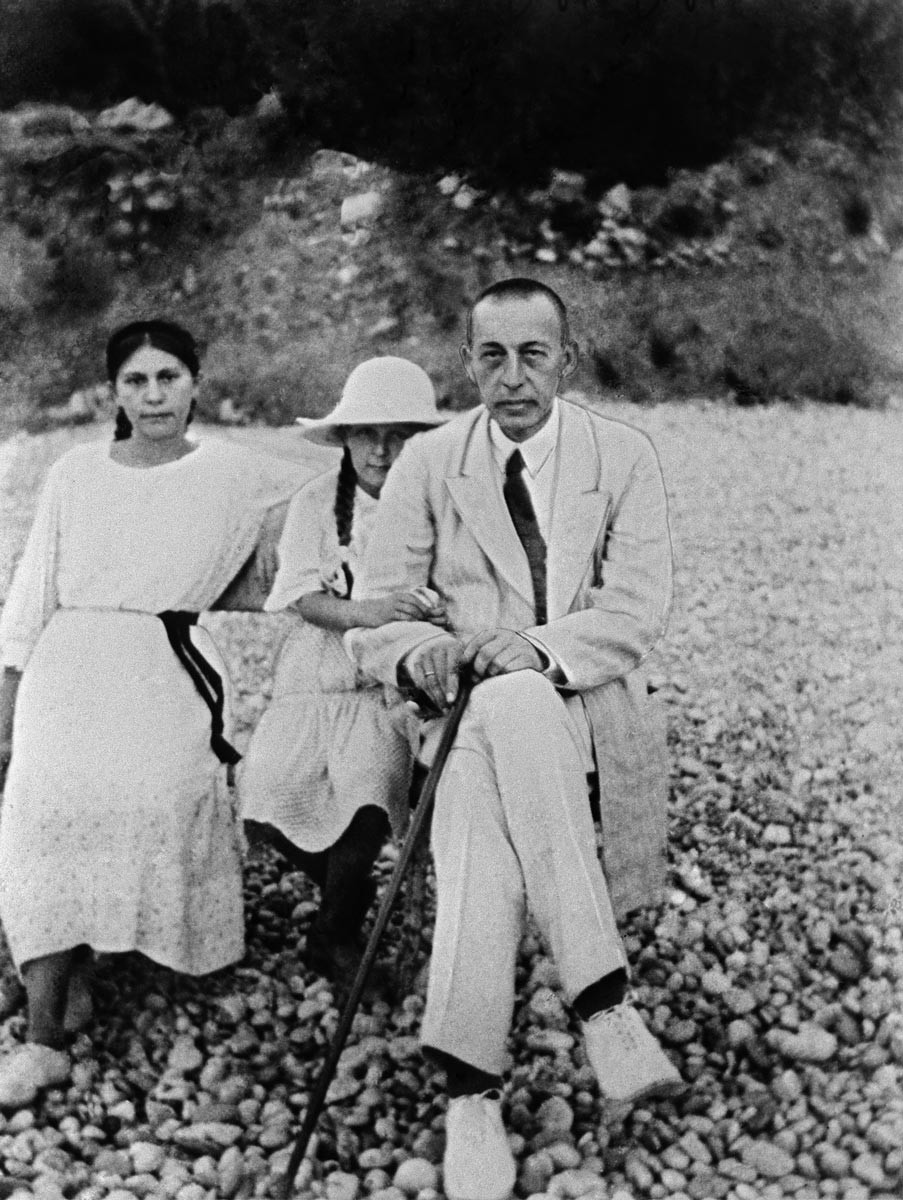
Sergei Rachmaninoff with his daughters, Tatiana and Irina.
SputnikThe problem was that Rachmaninoff’s youngest daughter, Tatiana, had stayed in France and there was no communication with her whatsoever. Rachmaninoff, meanwhile, spent the summer of 1940 near New York, in the town of Huntington on Long Island. There, he was haunted by thoughts of his beloved daughter, who had stayed in Nazi-occupied Paris, the fate of Europe and, most importantly, the fate of Russia. Thankfully, Tatiana would survive the war and would later reunite with her family.
READ MORE: Top 10 GREATEST Russian orchestra conductors
Being an absolute perfectionist, Rachmaninoff invested all his time and energy in his last symphonic work, originally called ‘Fantastic Dances’. “This was my last outburst,” he said. The Rachmaninov who composed music in America and he who once wrote music in Russia were one and the same person, but two totally different composers. Apparently, Rachmaninoff was very homesick, with his U.S. works filled with palpable, overpowering nostalgia. Rachmaninoff never got to see Russia again and died in 1943 in Beverly Hills, California, after a serious illness.
If using any of Russia Beyond's content, partly or in full, always provide an active hyperlink to the original material.
Subscribe
to our newsletter!
Get the week's best stories straight to your inbox